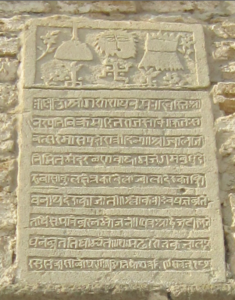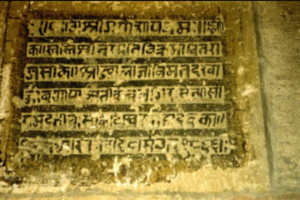The Greater Jwalaji Temple in Baku, Azerbaijan


Text and research: @sereneloud
In 1883, Russian Czar Alexander Alexandrovich, known historically as Alexander III and who reigned as Emperor of Russia, King of Poland and Grand Prince of Finland, went to Baku to visit the fire temple Ateshgah. He witnessed a full Vedic Agnihotra from the homan pit lit by a natural naphta fire, conducted by Indian Hindu Brahmins. The fire temple at Baku was built during the reign of the great Indian Emperor Vikramaditya in 7000 BC, who ruled from Palestine to Urals to Vietnam. In 1683 a German traveler Kaempfer visited Baku. He noted that there are seven fire holes at the Hindu temple. And there is an exact replica of this eternal natural gas flame temple on a smaller scale in India at Kangra valley in Himachal Pradesh. This Indian temple is called Jwalamukhi, The Baku Temple is called the greater Jwalaji while the one in Himachal is called the smaller Jwalaji. It is at this Jwalaji temple in Himachal where Lord Shiva’s wife Sati’s tongue fell after she sacrificed herself in the yagna fire. The Baku temple is the place where her Heart fell. An inscription from the Baku Atashgah. The first line begins: I salute Lord Ganesha
(श्री गणेशाय नमः)


https://twitter.com/sereneloud/status/1413902838434918400
DISCLAIMER: The author is solely responsible for the views expressed in this article. The author carries the responsibility for citing and/or licensing of images utilized within the text.
